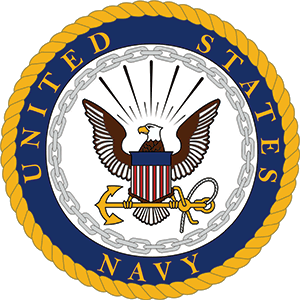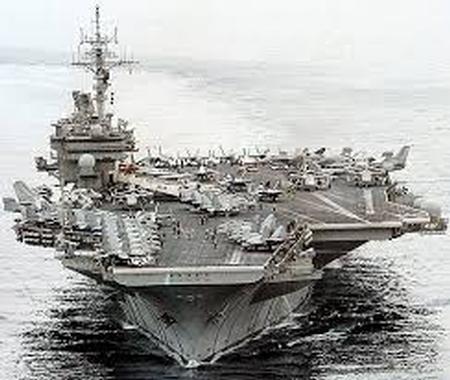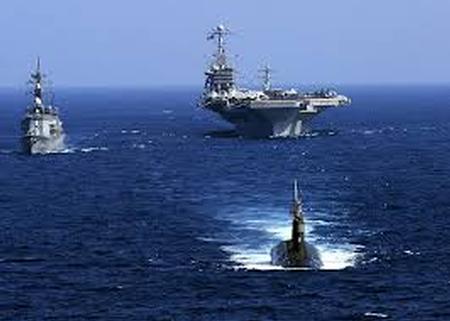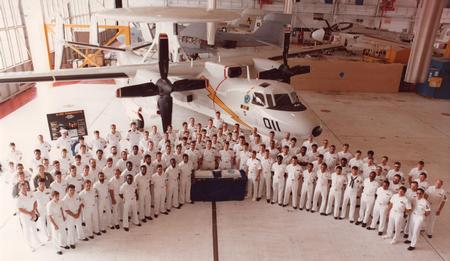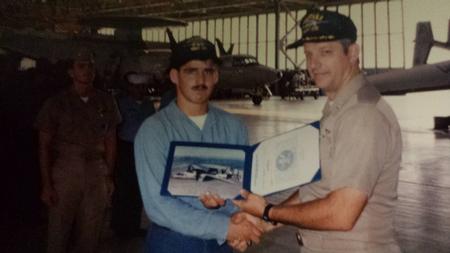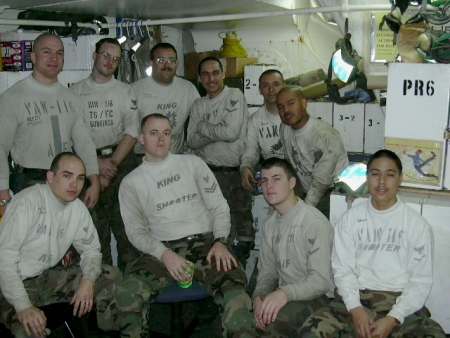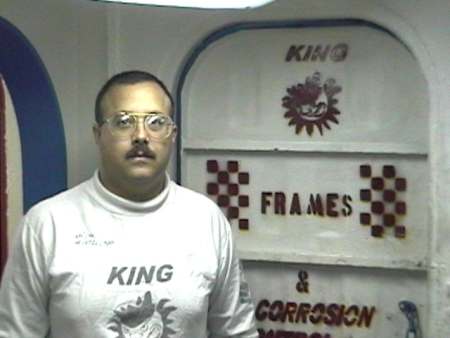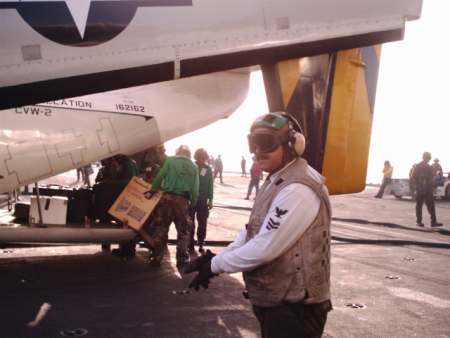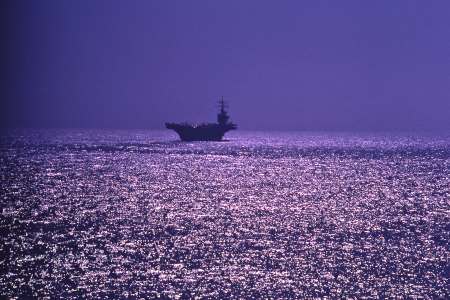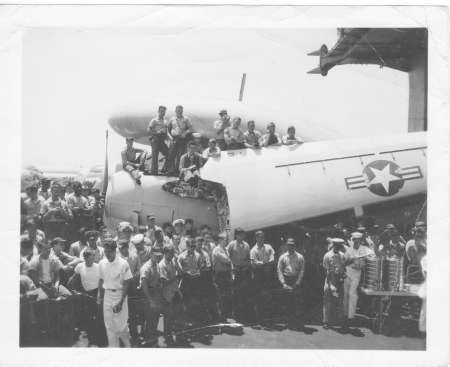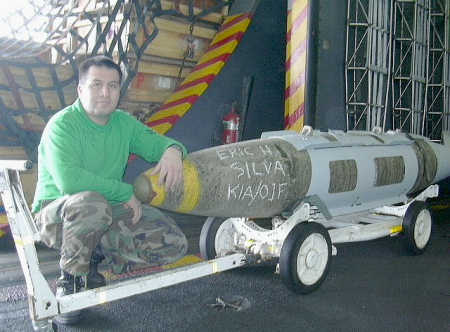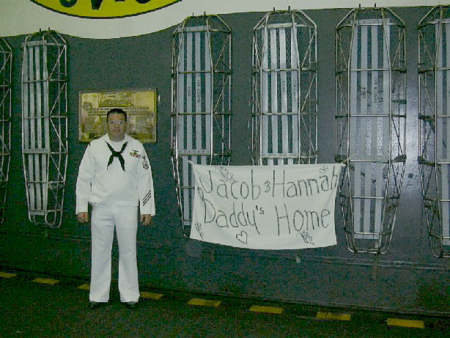ABOUT VAW-127
- Short-lived Squadron: Carrier Airborne Early Warning Squadron 127 (VAW-127), nicknamed the "Seabats," was a relatively short-lived U.S. Navy squadron, active from September 2, 1983, to September 30, 1991.
- Home Base: The squadron was homeported at Naval Air Station Norfolk, Virginia, a major hub for naval aviation on the U.S. East Coast.
- Primary Aircraft: VAW-127 operated the E-2C Hawkeye, a twin-turboprop airborne early warning (AEW) aircraft known for its distinctive radar dome.
- Carrier Assignments: The squadron was assigned to Carrier Air Wing 13 (CVW-13) and deployed aboard the USS Coral Sea (CV-43) during its operational history.
- Cold War Operations: VAW-127 was established during the last decade of the Cold War and participated in various operations and exercises to maintain U.S. naval readiness against potential Soviet threats.
- Operation El Dorado Canyon: In 1986, VAW-127 played a role in Operation El Dorado Canyon, the U.S. air strikes against Libya, providing airborne command and control during the mission.
- Nickname "Seabats": The squadron’s mascot and nickname, "Seabats," reflected its airborne surveillance role and maritime association.
- Disestablishment: VAW-127 was disestablished in 1991 as part of post-Cold War drawdowns and the decommissioning of the USS Coral Sea.
- Distinctive Insignia: The squadron patch featured a cartoon bat with radar waves, symbolizing its early warning mission and electronic surveillance capabilities.
- Legacy: Although VAW-127’s operational life was brief, its participation in significant Cold War and Middle East operations contributed to the evolution of carrier-based airborne early warning tactics.

